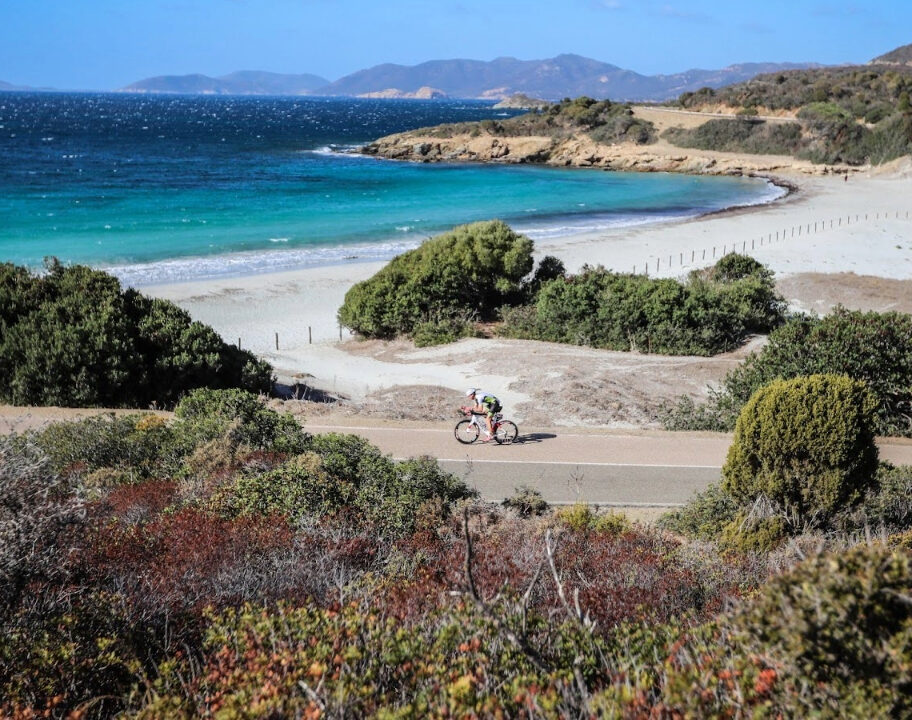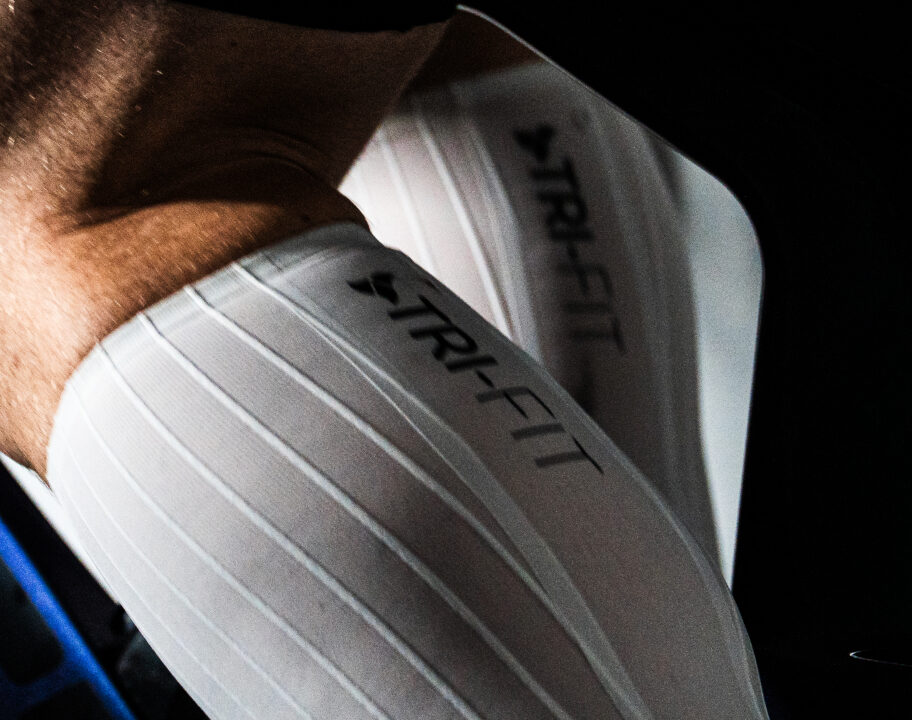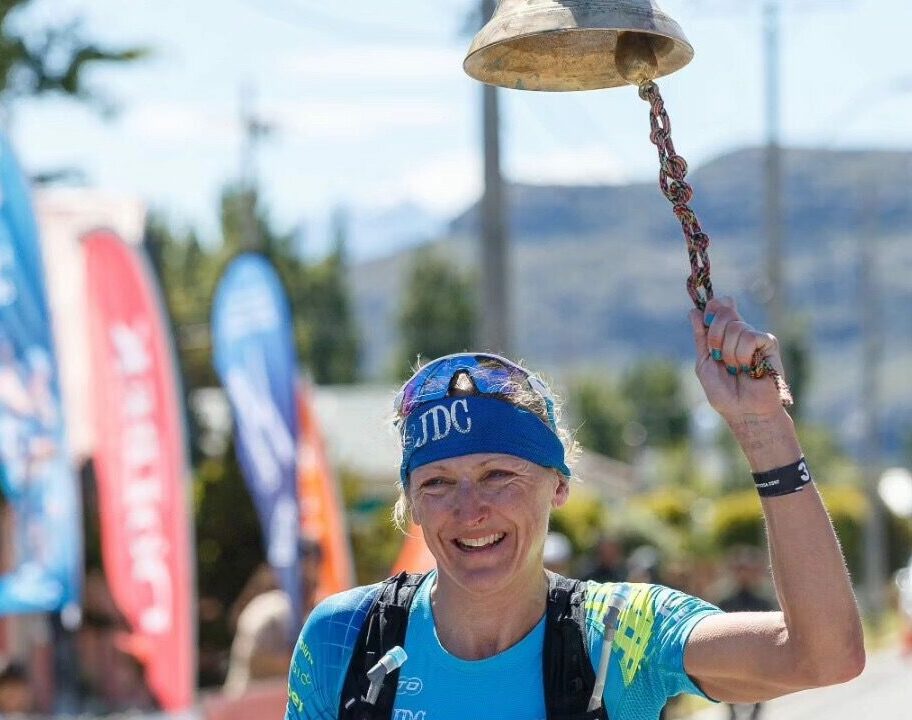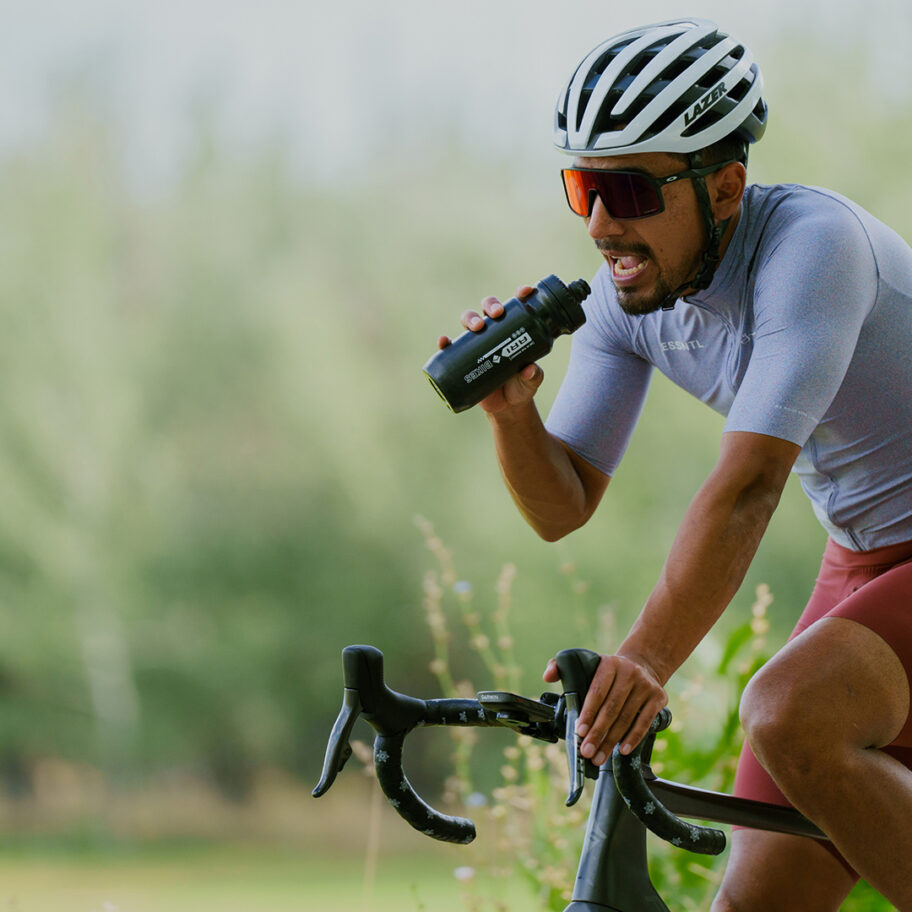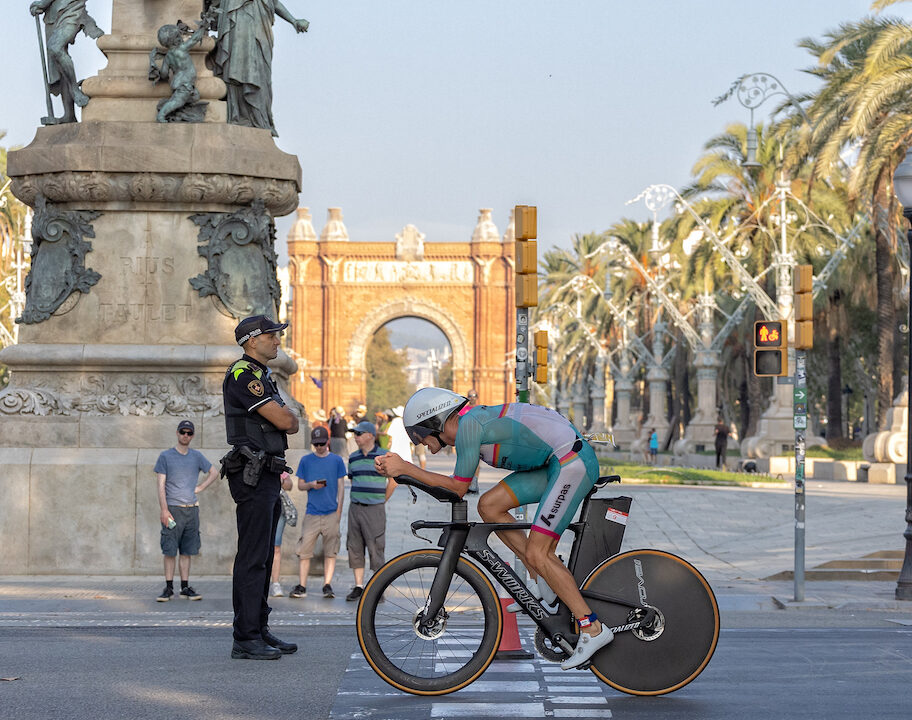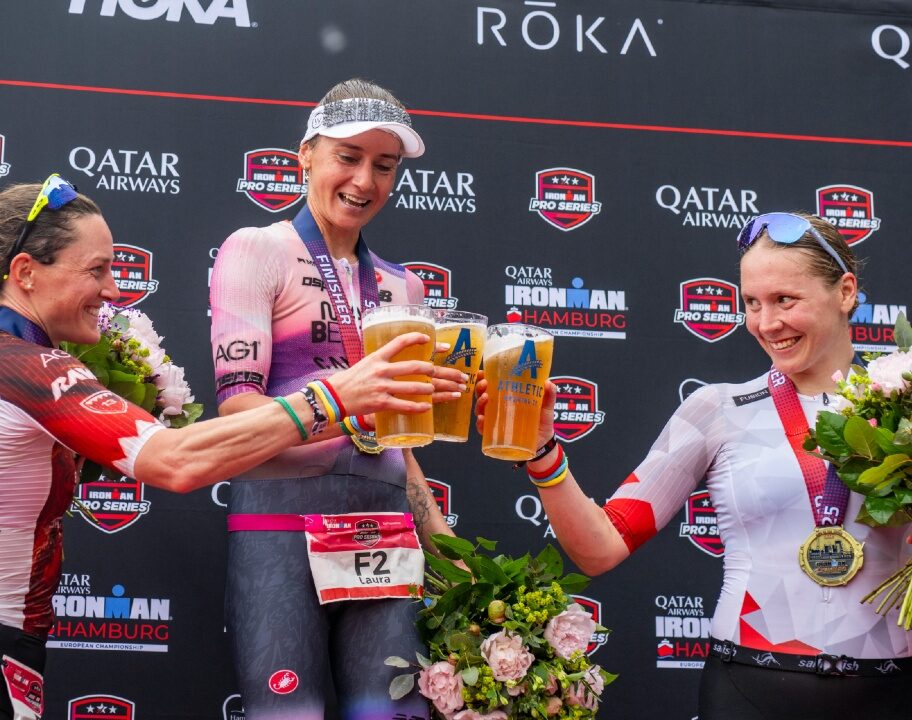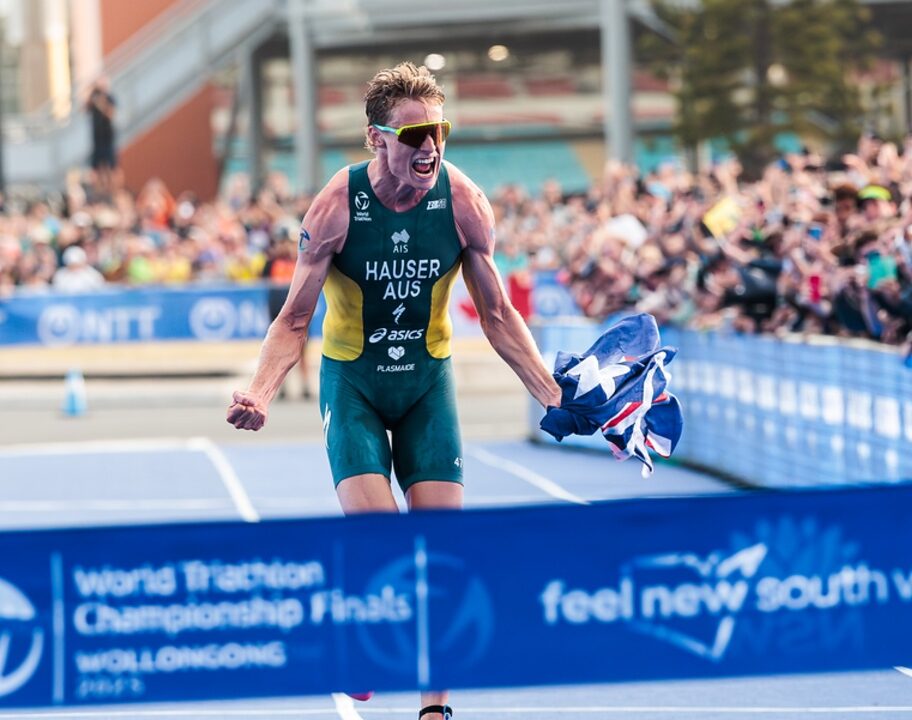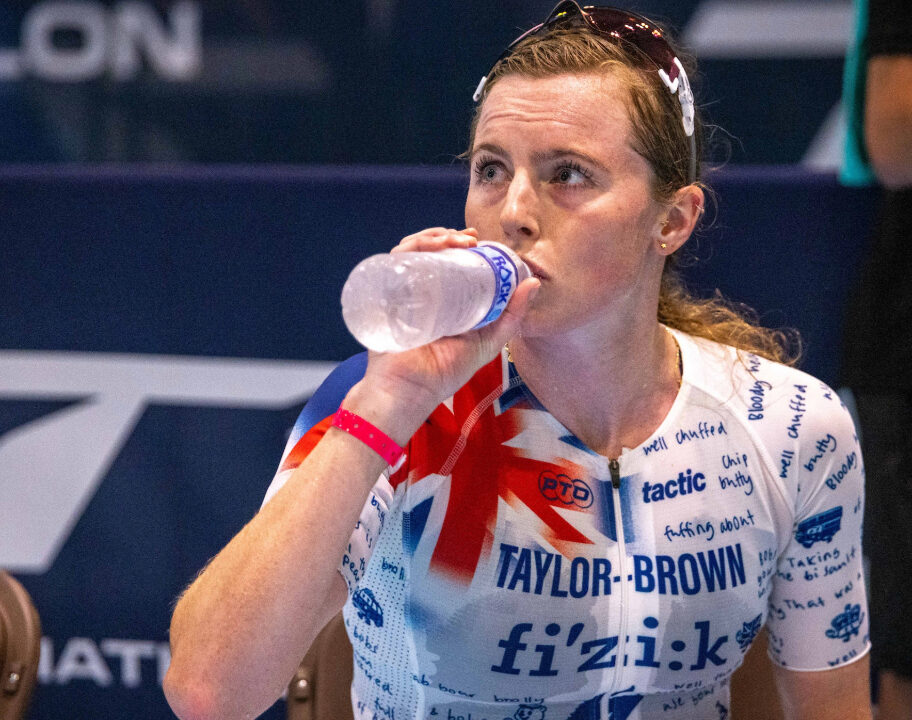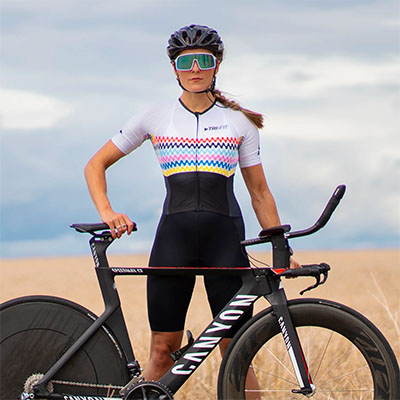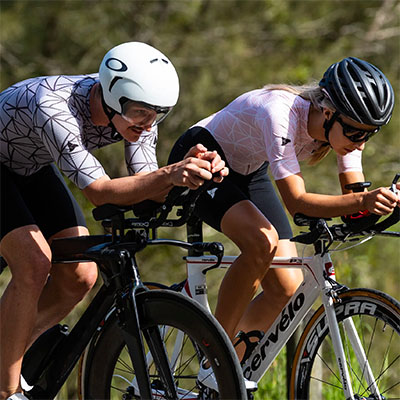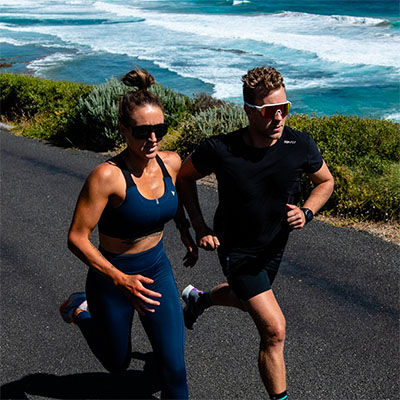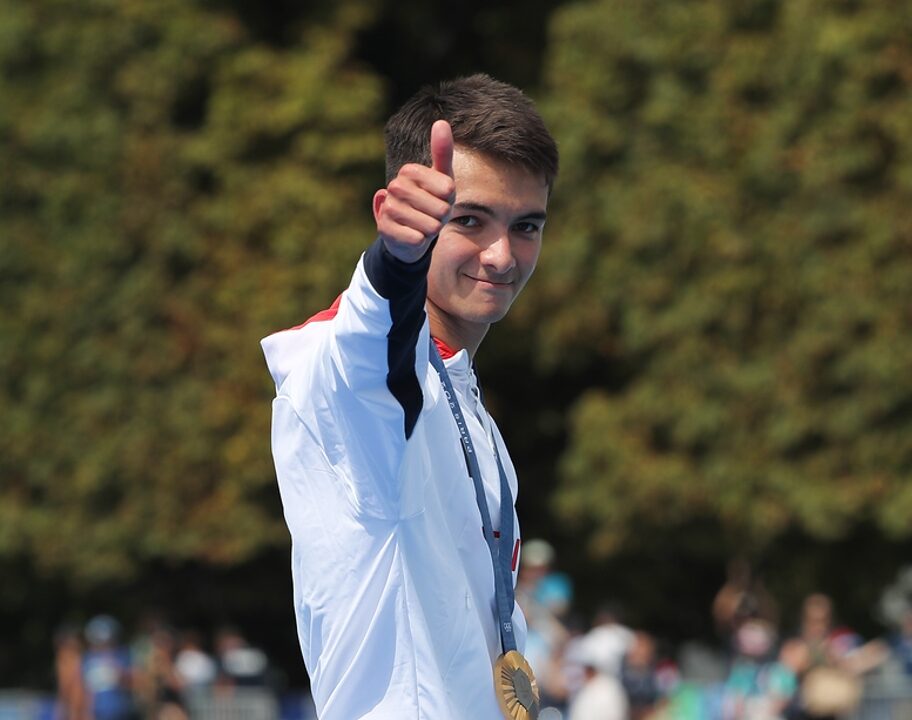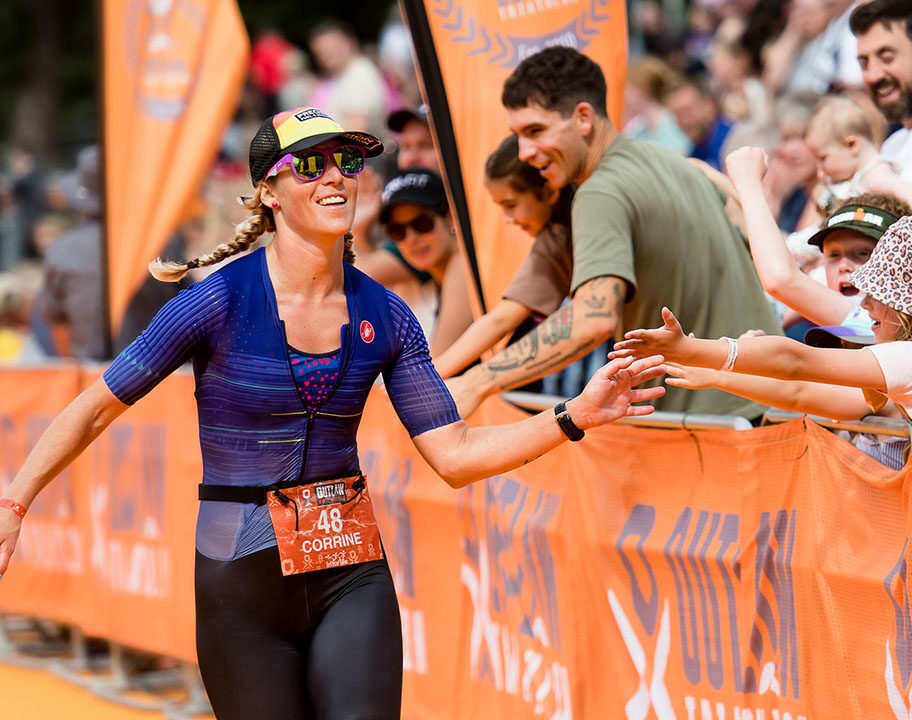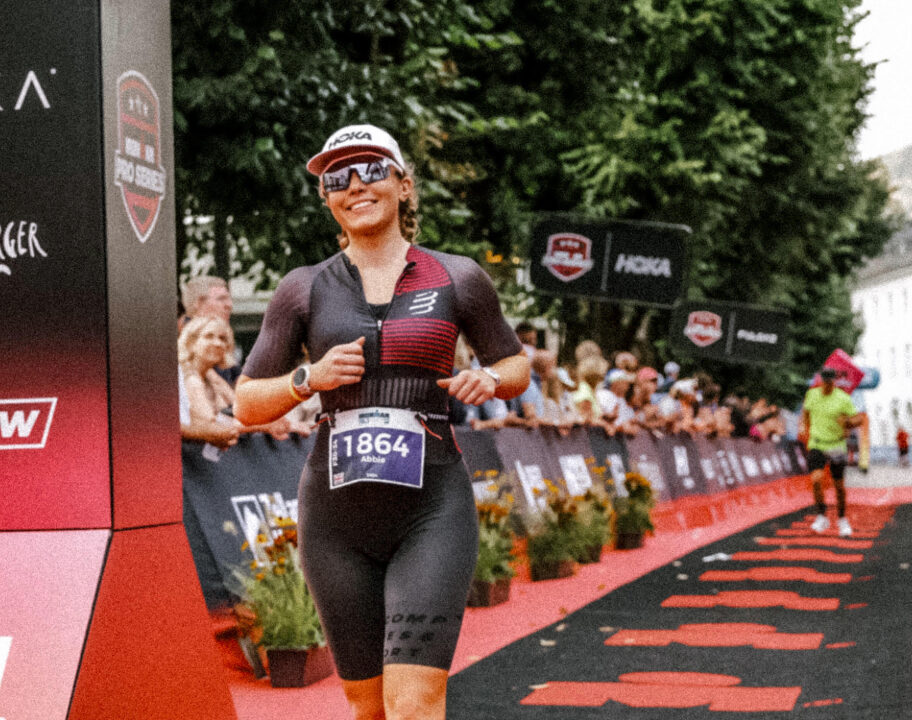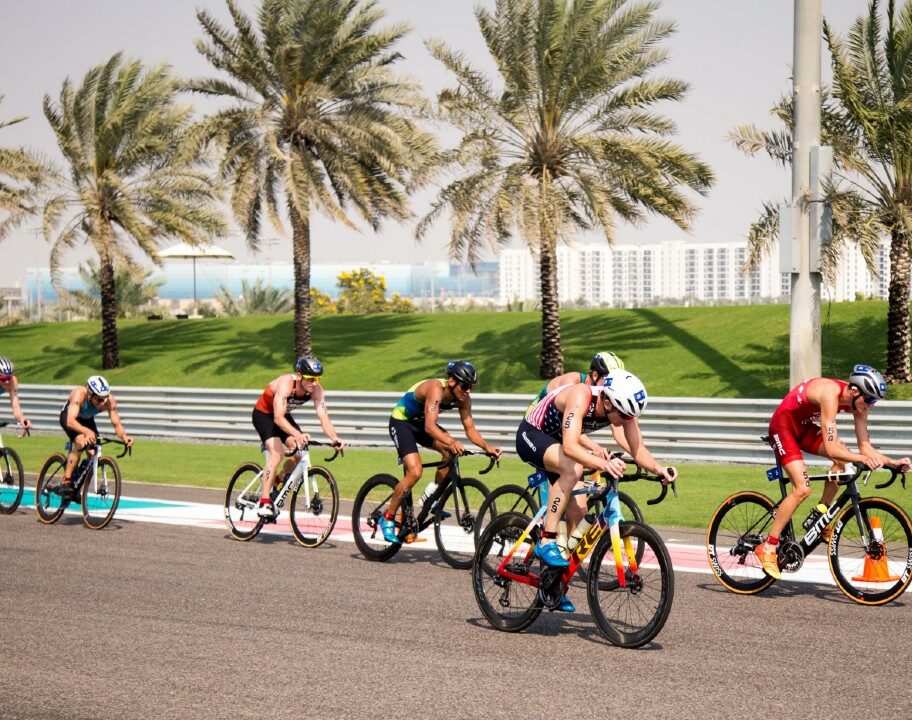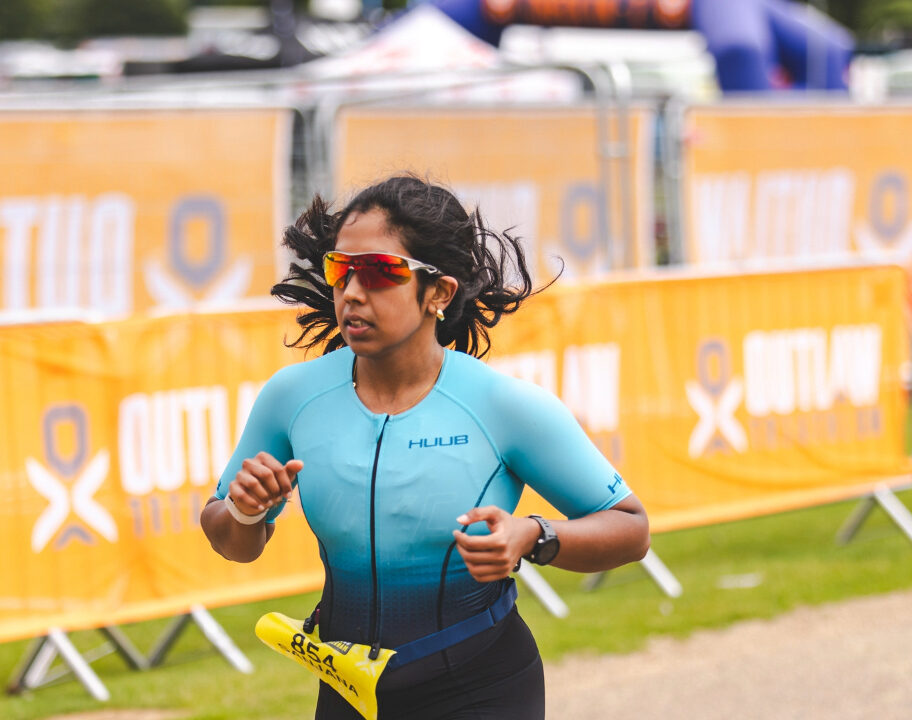Mike Trees takes his running sessions even more seriously when they are part of his training for a duathlon. If your racing involves run/bike/run sessions then, Mike suggests, your training sessions really need to incorporate them as well.
At a recent Duathlon World Championships I realised that, while newcomers to the sport might not be familiar with brick sessions as a training method, elite athletes racing at the world class level were also not doing brick sessions. The content of each brick session will vary slightly as different coaches try and achieve an advantage for their athletes, but the principle is the same: the body becomes efficient at doing what it is familiar with.
Looking at it from the other side, if you don’t practice run/bike/run sessions in training then you are not going to race as efficiently or effectively as you could in a duathlon. For those that boast that they can run well without doing a brick session, I can guarantee they will race a lot faster if they incorporate some brick work in their training.
What is a brick?
Duathlon involves running, biking and then running again without resting. It is much more demanding on the muscles and skeletal system than triathlon. For those of you that suffer badly with cramps, tight muscles and a general feeling of an inability to run fluently in the second run, you will need to practice training these disciplines back to back.
It is recommended that you repeat the back to back sessions more that you do in a duathlon, for example: run/bike/run/bike/run. Overloading the muscles will force them to adapt quicker and become stronger.
Brick sessions have benefits on different levels
- They are time efficient, combining running and cycling into one session
- They also force you to practice your transitions, which is often a neglected part of duathlon training.
- Brick work teaches the muscles to adapt to the challenge of run bike run in a way that no other session can.
Where can you do brick sessions?
When I raced professionally in Japan I would simply drop my bike and start running. Back in the UK I discovered one day that when I came back for my bike it wasn’t there any more! So, the session needs to be constructed so that your bike does not get stolen. Here are some ideas:
- You could perform a brick session at the local gym, by jumping from cycle machine to treadmill and back to cycle machine again. This is also good if you travel a lot but can at least get access a hotel gym. There is no excuse not to train!
- If you are lucky enough to have a combined cycle track and run track, as we do at Palmer Park in Reading, you can do the run bike run sessions over accurate distances.
- If you cannot use a track, the next best place is an open grassy field with access to a road for the cycling. Instead of running for measured distances you can alter the session and run for a set time, the end result will be just the same. The wide availability of GPS monitors or footpod-equipped HRMs now means that you can easily measure out your own running and cycling course just about anywhere you want. Running on grassy park land, not only reduces the stress on you legs but also allows you to run around your bike, ensuring it doesn’t get stolen.
- Another variation is to set up your indoor turbo trainer by the track side, and to jump on it straight after running. I often leave turbo trainer in the garage and run around the block and then get straight back on the trainer in the garage.
The permutations are many, and it does take a little more thought and planning than a simple run or bike session.
What do I do in a brick session?
Having thought through the logistics, the next thing step is to plan the content of the training. Through experience I have found that run, bike, run, bike run sessions are much more effective that a simple run, bike, run session. By breaking the brick down into small blocks of work, a tough session becomes more manageable and it is easier to push yourself harder and so maintain a higher average intensity of work.
A basic session based at a track
| Run | 4 x 400m |
| Bike | 6 x 1km |
| Run | 4 x 400m |
| Bike | 6 x 1km |
| Run | 4 x 400m |
How fast should you go!
The pace of the running and cycling needs to be the hardest pace you can maintain over the whole session, the sample session shown above takes about an hour. For those that work to a heart rate zone, you should be just above your anaerobic threshold. If you go too fast your legs will clog with lactic acid and you will be reduced to a painful jog by the end. Not fast enough and you will be wasting your time. Only trial and error will help you understand what your body capable of coping with. You need to teach the muscles to become more efficient; ie, to burn less oxygen at a given speed, so that you can ultimately race at a faster pace without building up lactic acid.
This kind of lactic tolerance training takes a minimum of three weeks to achieve a physiological change, and peak performance is achieved by week six. If you have anything over three weeks to go before your next duathlon I would highly recommend getting stuck in to this brick session once a week.
Lots of athletes use heart rate monitors and power meters to train with, and they have their place as important tools to help you reach peak performance. You can monitor your progress during training by monitoring your power output and heart rate, but, in this instance, it is more important to see how fast you can get you average time down to on the intervals, and how consistent you can keep the repetitions.
You must aim to keep all the 400m and 1km times within five seconds of your fastest time.
Each week try to get your average times down lower that the previous week. Over a six week period you will be astounded at the improvement in speed but after the initial six weeks the gains become very small as the body has adapted to the new training regime.
If possible try and train with a friend as there is a tendency to slow down when you train alone. The last set of 4 x 400m is incredibly painful, due to muscle fatigue and reduced proprioception.
How much rest should you get between intervals?
You should aim for a ratio of approximately 3:1. So, if your 400m takes 90 seconds then rest for 30 seconds. This would mean starting a new 400m every two minutes. This is a typical work to rest ratio for a sub 40min 10km athlete.
For elite athletes I recommend starting on a two minute repeat for three weeks and then cutting the repeats to 1 minute 45 seconds as you adapt.
On the bike at an average speed of 40km/hr, it will take 1 minute 30 seconds per km. Take 30 seconds rest between intervals. The reason why 400m and 1km have been chosen as the distances is because of the compatibility in work time. So 12 x 400m will take approximately the same time to run as 12 x 1km will to bike. For those that train faster, or slower, the rest time will need to be adjusted. The following table gives some simple guidelines to help you.
| 400m run/1k bike | Repeats | Rest time |
|---|---|---|
| 65 – 75 seconds | 1:45 | 40 – 30 seconds |
| 75 – 90 seconds | 2:00 | 45 – 30 seconds |
| 90 – 105 seconds | 2:30 | 60 – 45 seconds |
| 105 – 120 seconds | 3:00 | 75 – 60 seconds |
| 120 – 135 seconds | 3:45 | 105 – 90 seconds |

